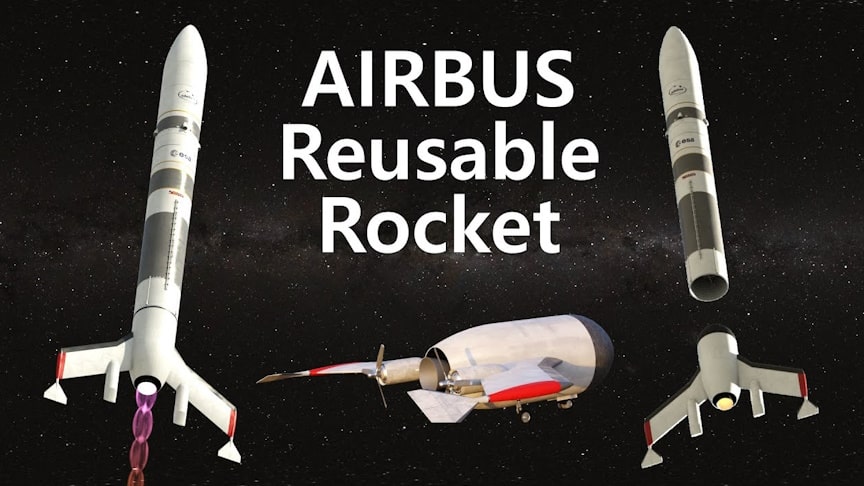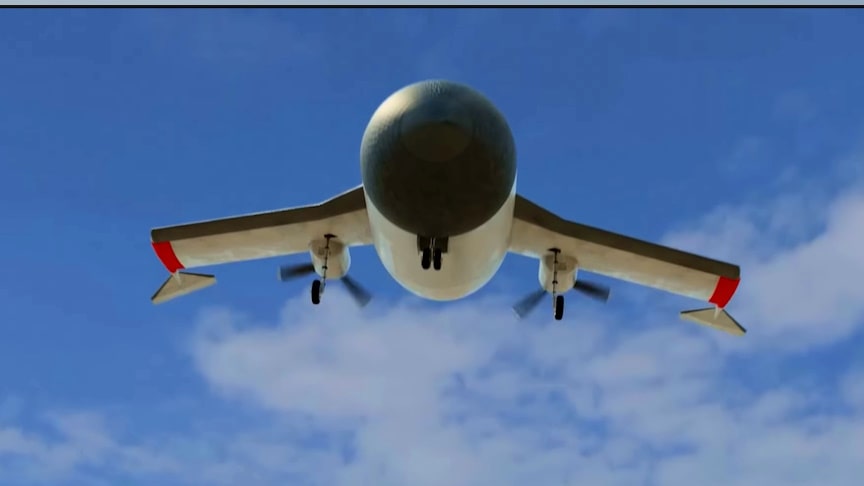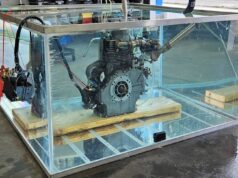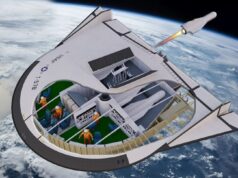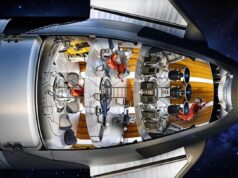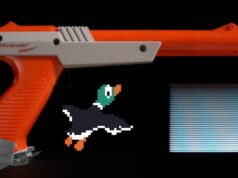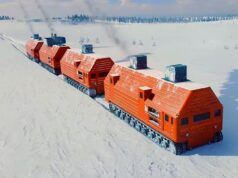Adeline Advanced Expendable Launcher with Innovative engine Economy was a concept for a reusable rocket first-stage that would fly itself back to Earth after a launch using drone technology for horizontal landing on a runway. Airbus Defence and Space conceived the design concept.
source.iamge: Hazegrayart
At the core of this visionary concept lies a rocket booster like no other. Equipped with propeller engines and cutting-edge avionics, it promises to be more than just a disposable first-stage component. Adeline’s true genius lies in its ability to gracefully touch down on a runway, post-launch, only to be lovingly refurbished and sent off on yet another exhilarating adventure. As the fiery launch propels the stage forward, the engine module knows its fate and bravely bids farewell, preparing for the daring descent.
source.iamge: Hazegrayart
Here’s where Adeline unleashes its wings – tiny, yet potent winglets that nimbly guide the booster towards its coveted runway destination. Thrilling, isn’t it? As the runway looms closer, the tension builds; this is the moment when the landing gear springs into action, providing the stability needed for a picture-perfect horizontal landing. To add a touch of ingenuity, two small pusher configuration propellers join the ensemble, lending that extra oomph to the landing.
Advertisement
Talk about elegance and power wrapped into one! Adeline has an ace up its sleeve. By reusing a whopping 80% of the stage’s economic value – encompassing the engine, avionics, and propulsion bay – it stands as a beacon of sustainability and cost-effectiveness. SpaceX, though impressive with its vertical landing feats, does not escape the taxing stresses their booster engines endure during deceleration.
Adeline, on the other hand, gracefully glides and only requires a modest 2,000 kg of fuel for a geostationary flight back to the ground. Compare that to the estimated 35,000 kg needed for a SpaceX booster’s return to the launch site. Mind-blowing, right? Now, fuel might be a mere fraction of the overall launch cost, but it’s a game-changer for Adeline. The beauty lies in the reduction of launch costs, ranging from 21-40%. However, the catch lies in the payload capacity, which could diminish from 8,300 kg to 5,500 kg with this approach.

